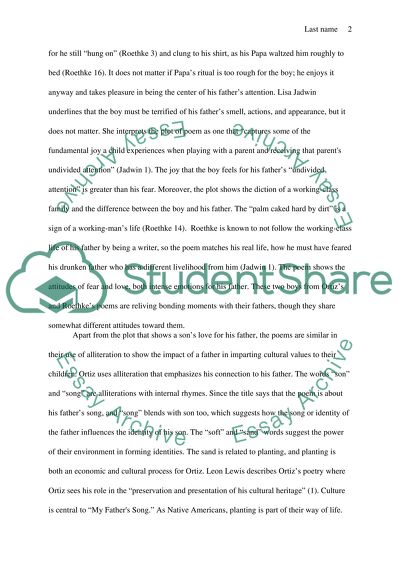Cite this document
(My father's song (Poem analysis) Literature review, n.d.)
My father's song (Poem analysis) Literature review. https://studentshare.org/literature/1630209-my-fathers-song-poem-analysis
My father's song (Poem analysis) Literature review. https://studentshare.org/literature/1630209-my-fathers-song-poem-analysis
(My father'S Song (Poem Analysis) Literature Review)
My father'S Song (Poem Analysis) Literature Review. https://studentshare.org/literature/1630209-my-fathers-song-poem-analysis.
My father'S Song (Poem Analysis) Literature Review. https://studentshare.org/literature/1630209-my-fathers-song-poem-analysis.
“My father'S Song (Poem Analysis) Literature Review”. https://studentshare.org/literature/1630209-my-fathers-song-poem-analysis.


